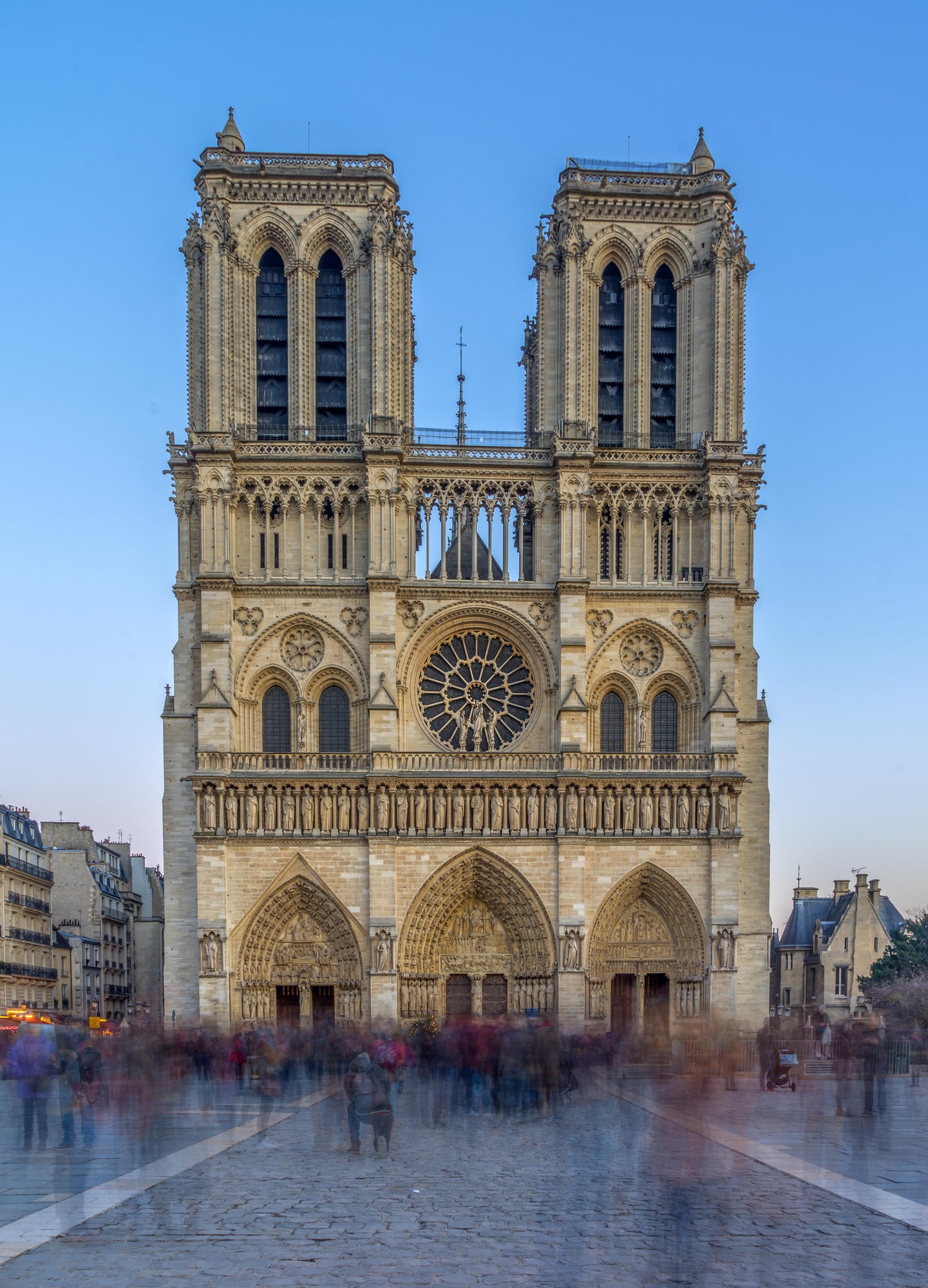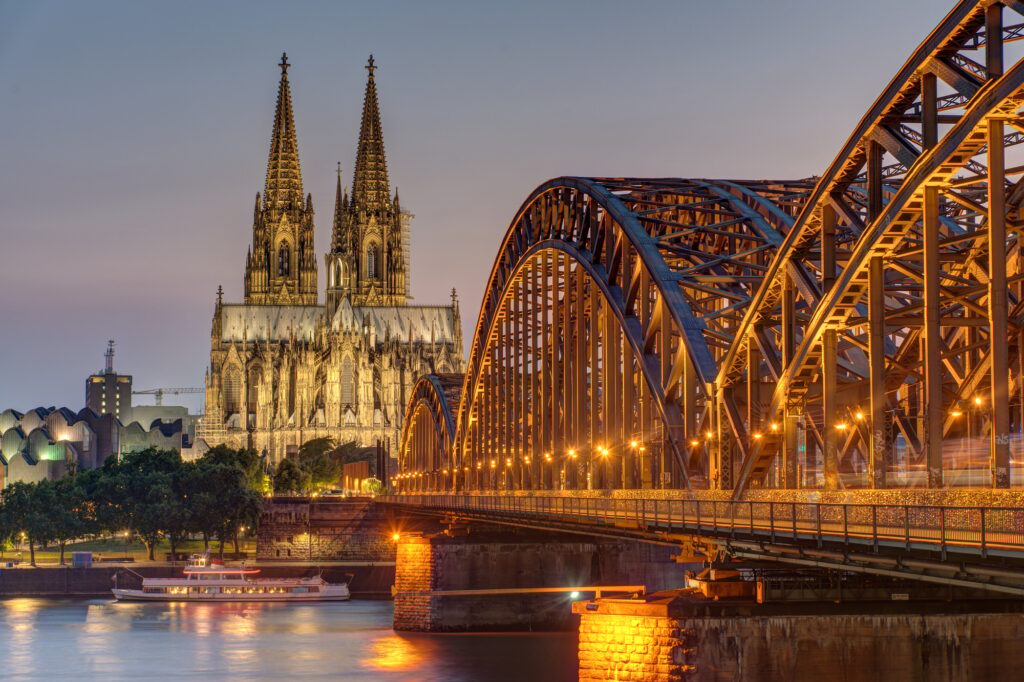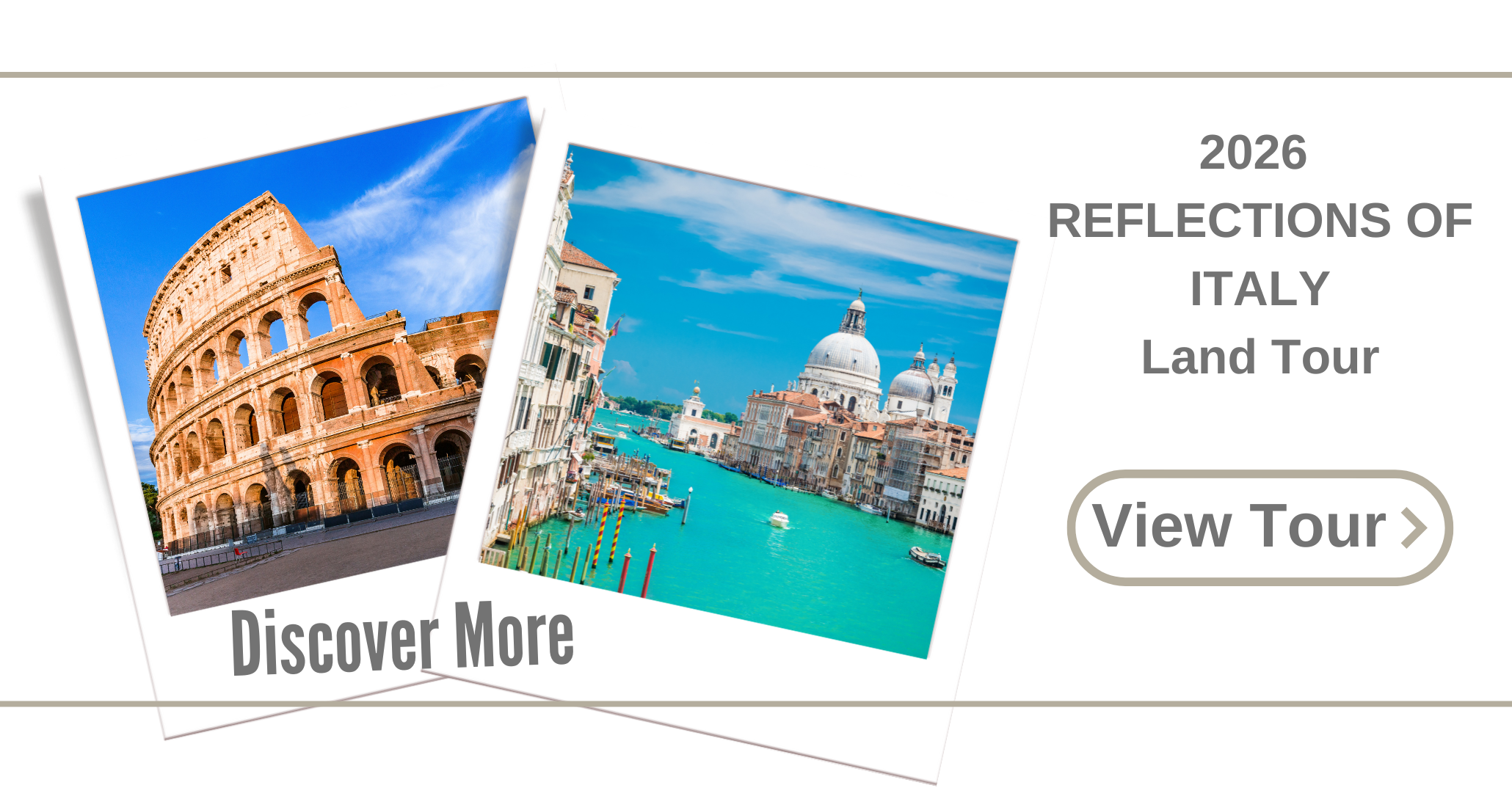Cathedrals have long been symbols of architectural beauty, religious devotion, and human ingenuity. Spanning continents and centuries, each of the world’s most beautiful cathedrals tells a unique story that goes beyond stone and glass. For travelers who are drawn to historical marvels, artistic masterpieces, and iconic landmarks, here are ten of the most stunning cathedrals you must see. Let’s dive into the history, significance, and why they remain a must-see for every traveler.
Before we explore these magnificent buildings, it’s important to understand what distinguishes a cathedral from a church. A cathedral is the principal church of a diocese, housing the bishop’s seat, also known as the ‘cathedra.’ This seat symbolizes the bishop’s teaching authority and administrative role. Unlike a standard parish church, which serves local congregations, a cathedral has a broader significance as the central place of worship within its diocese and often plays an important ceremonial role. Cathedrals are usually larger and architecturally more elaborate, reflecting their central role in both the spiritual and cultural life of the region.
With this distinction in mind, let’s discover what makes these ten cathedrals not only places of worship but also historical and artistic treasures that captivate travelers from all over the world.
1. Notre-Dame Cathedral – Paris, France
A Gothic Wonder in the Heart of Paris
Gothic Wonder in the Heart of Paris
Notre-Dame Cathedral is perhaps one of the world’s most famous landmarks, and for good reason. Construction began in 1163 under the reign of King Louis VII, and it took over 180 years to complete, showcasing French Gothic architecture at its finest. The cathedral’s two iconic towers, magnificent rose windows, and detailed sculptural reliefs are awe-inspiring, while its breathtaking interior features a vaulted ceiling that seems to soar to the heavens.
Significance lies not only in its architecture but also in its history. The cathedral has witnessed major events such as the coronation of Napoleon Bonaparte and the beatification of Joan of Arc. Tragically, a fire in 2019 severely damaged the cathedral, but the restoration efforts have been monumental, aiming to restore its original glory.
Why Visit? Visiting Notre-Dame allows travelers to step back in time and experience medieval Paris. With a climb up the towers, visitors get an incredible view of the city and can meet the iconic gargoyles up close. Despite the ongoing restoration, its beauty and historical importance make it a must-see.
2. St. Peter’s Basilica – Vatican City
The Heart of Catholicism
St. Peter’s Basilica, completed in 1626, is the centerpiece of the Vatican and one of the holiest sites in Catholicism. Built atop what is believed to be the burial site of Saint Peter, one of Jesus’ apostles, it was designed by some of the greatest Renaissance architects, including Michelangelo, who famously contributed the majestic dome that dominates Rome’s skyline.
The grandeur of St. Peter’s cannot be overstated—from Bernini’s enormous colonnade welcoming you into St. Peter’s Square to the intricate mosaics and Michelangelo’s “Pietà” statue inside. The sheer size of the basilica is astonishing, making it the largest church in the world.
Why Visit? Travelers are drawn to St. Peter’s for its profound religious significance, spectacular art, and unparalleled architecture. Climbing to the top of the dome offers a breathtaking view of the city, while joining a service at the basilica provides a deeply moving spiritual experience.
3. Sagrada Familia – Barcelona, Spain
 Gaudí’s Unfinished Masterpiece
Gaudí’s Unfinished Masterpiece
Sagrada Familia is unlike any other cathedral you will ever visit. Conceived by the Catalan architect Antoni Gaudí, construction began in 1882 and, astonishingly, is still ongoing, with completion aimed for 2026—the centenary of Gaudí’s death. The basilica is a UNESCO World Heritage Site and is a unique blend of Gothic, Art Nouveau, and Gaudí’s organic architectural style.
The interior is filled with natural light streaming through stained glass windows, creating a magical forest-like effect. The exterior, with its nativity and passion façades, tells stories from the Bible with intricate detail.
Why Visit? Sagrada Familia’s innovative design and sheer ambition make it one of the most distinctive cathedrals in the world. Travelers can explore its whimsical interior and see how Gaudí’s vision is still coming to life, witnessing a piece of architectural history in the making.
4. St. Basil’s Cathedral – Moscow, Russia
A Fairytale on Red Square
Commissioned by Ivan the Terrible in the 16th century, St. Basil’s Cathedral is instantly recognizable with its colorful onion domes. Built to commemorate the conquest of Kazan, its design is nothing short of extraordinary—a blend of red brick towers, swirling patterns, and a riot of colors, giving it a whimsical, almost fairytale-like appearance.
Unlike most cathedrals, St. Basil’s consists of nine chapels, each topped with a distinct dome. Its unique, almost playful appearance belies the turbulent history of medieval Russia, and today, it stands as a symbol of the nation.
Why Visit? St. Basil’s is a visual treat and a must-see when visiting Moscow. Its location on Red Square means travelers can also explore the Kremlin and absorb the rich history that surrounds this iconic building.
5. Duomo di Milano (Milan Cathedral) – Milan, Italy
A Gothic Giant in Italy’s Fashion Capital
The Milan Cathedral, or Duomo di Milano, is one of Europe’s largest cathedrals and took nearly six centuries to complete, with construction beginning in 1386. Its intricate Gothic façade features over 3,000 statues, and its roof is adorned with 135 spires, creating an incredibly ornate appearance that delights visitors.
Travelers can also take an elevator or stairs up to the rooftop, where they can walk among the spires and take in stunning views of the city’s skyline. Inside, visitors are greeted by magnificent stained glass windows, one of the most extensive collections in the world.
Why Visit? The Duomo’s scale and detail are overwhelming, and wandering through its elaborate façades and up onto the rooftop is an unforgettable experience. It’s a must-see for fans of architecture and history, offering a chance to explore one of Italy’s grandest monuments.
6. St. Patrick’s Cathedral – New York City, USA
A Neo-Gothic Gem Amidst Skyscrapers
St. Patrick’s Cathedral, completed in 1879, is an iconic landmark in Manhattan. Located directly across from Rockefeller Center, the cathedral provides a striking contrast to the modern skyscrapers that surround it. Its neo-Gothic architecture features twin spires, intricate stained glass, and an interior that’s both serene and grand.
The cathedral has served as a beacon of faith and sanctuary in the heart of New York City for more than a century, hosting countless important services and events. Its marble façade and tranquil interior make it a popular stop for locals and tourists alike.
Why Visit? St. Patrick’s offers a peaceful escape from the hustle of the city, with its exquisite design and beautiful stained glass windows providing a moment of contemplation amidst bustling New York. It’s a must-visit, especially during the holiday season when the area lights up.
7. Cathedral of Santa Maria del Fiore (Florence Cathedral) – Florence, Italy

The Dome that Defines Florence
Known as the Duomo, Florence Cathedral was constructed in the 13th and 14th centuries, with the iconic dome designed by Filippo Brunelleschi added in 1436. It is one of the largest brick domes ever constructed and remains a symbol of Renaissance ingenuity.
The pink, green, and white marble façade is matched by an interior of strikingly beautiful frescoes depicting The Last Judgment. Visitors can climb up to Brunelleschi’s dome for a closer look at the frescoes and a panoramic view of the stunning Tuscan landscape.
Why Visit? Florence Cathedral is an essential part of the city’s history, and climbing the dome is a quintessential Florence experience. The views from the top are simply breathtaking, showcasing the charm of Florence’s red rooftops and surrounding countryside.
8. Chartres Cathedral – Chartres, France
A Window into the Past
Chartres Cathedral, completed in 1252, is one of the most well-preserved examples of French Gothic architecture. It is most famous for its stunning stained-glass windows, many of which date back to the 12th and 13th centuries and remain remarkably intact. The vivid colors and detailed scenes depicted in these windows are truly a sight to behold.
The cathedral’s two contrasting spires—one Romanesque and the other Gothic—add to its distinctive beauty. Pilgrims and visitors alike have marveled at Chartres’ labyrinth, carved into the floor of the nave, as a symbol of the spiritual journey.
Why Visit? Chartres is a must-see for those interested in medieval history and art. Its stunning stained-glass windows are among the best-preserved in the world, offering a glimpse into the craftsmanship of the medieval period. The peaceful, small-town setting adds to its charm.
9. Cologne Cathedral – Cologne, Germany
A Monument of Resilience
Construction on Cologne Cathedral began in 1248, but it was not completed until 1880, more than 600 years later. The cathedral’s imposing Gothic spires dominate Cologne’s skyline, making it one of the largest cathedrals in Europe. It also has the largest façade of any church in the world.
The cathedral houses the Shrine of the Three Kings, believed to contain the relics of the Magi. Despite suffering significant damage during World War II, the cathedral survived and remains a powerful symbol of resilience.
Why Visit? Cologne Cathedral’s grandeur and intricate Gothic design are simply astounding. Climbing the spire offers one of the best views of the city, and visiting the relics inside gives travelers a deeper sense of its historical and spiritual importance.
10. Seville Cathedral – Seville, Spain
 The Largest Gothic Cathedral in the World
The Largest Gothic Cathedral in the World
Seville Cathedral was built between 1401 and 1528 on the site of an old mosque, making it the largest Gothic cathedral and the third-largest church in the world. Its grandeur is evident in every aspect—from the vast nave to the intricate altarpiece, which is the largest in the world.
The cathedral is also home to the tomb of Christopher Columbus, adding an extra layer of historical intrigue. Visitors can climb the adjoining Giralda bell tower, originally built as a minaret, for a beautiful view of Seville’s historic city center.
Why Visit? Seville Cathedral is an incredible testament to Gothic architecture and Spanish history. The climb up the Giralda tower is rewarding, offering stunning views of Seville, while the cathedral’s sheer size and beauty make it a memorable experience.
Conclusion: Cathedrals as Time Capsules
Each of these cathedrals is not just a religious building but also a symbol of human creativity, resilience, and ambition. They stand as time capsules, offering a glimpse into the art, history, and culture of their respective eras. Visiting them is not just about seeing the architecture but also about experiencing the stories, the triumphs, and the moments of awe that have been etched into their walls for centuries. For any traveler, these cathedrals are more than destinations—they are experiences that inspire and uplift the soul.
Most of these Cathederals are visited in our travels around the world with Two Travel Gurus. Check out our trips we have to offer and begin checking out these outstanding Cathederals around the World.







